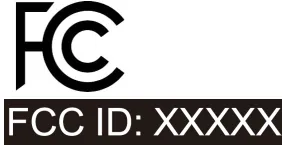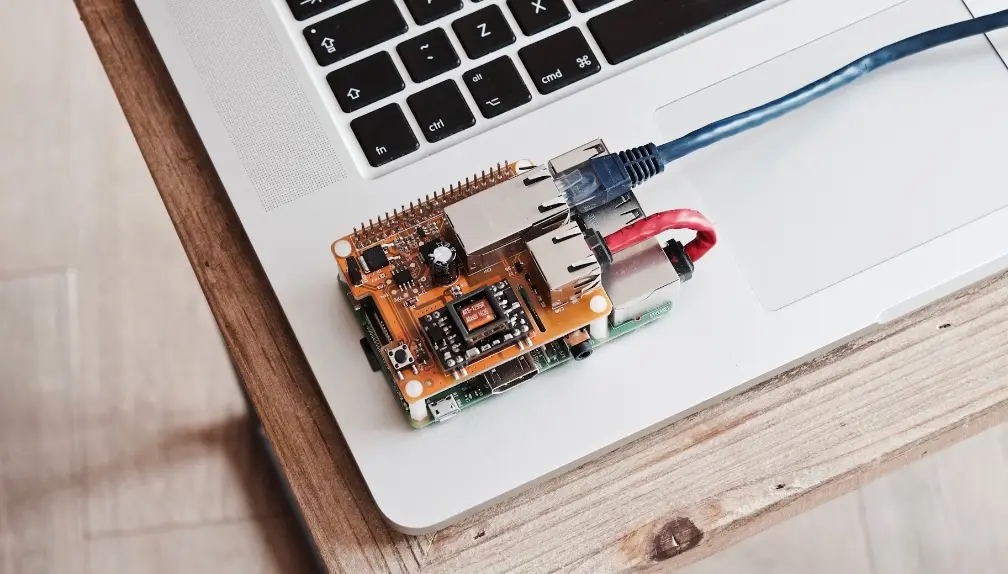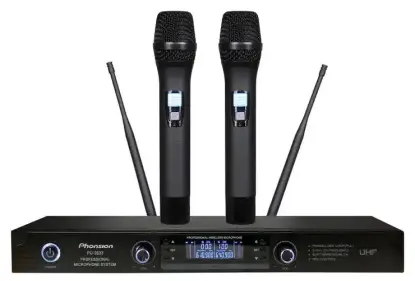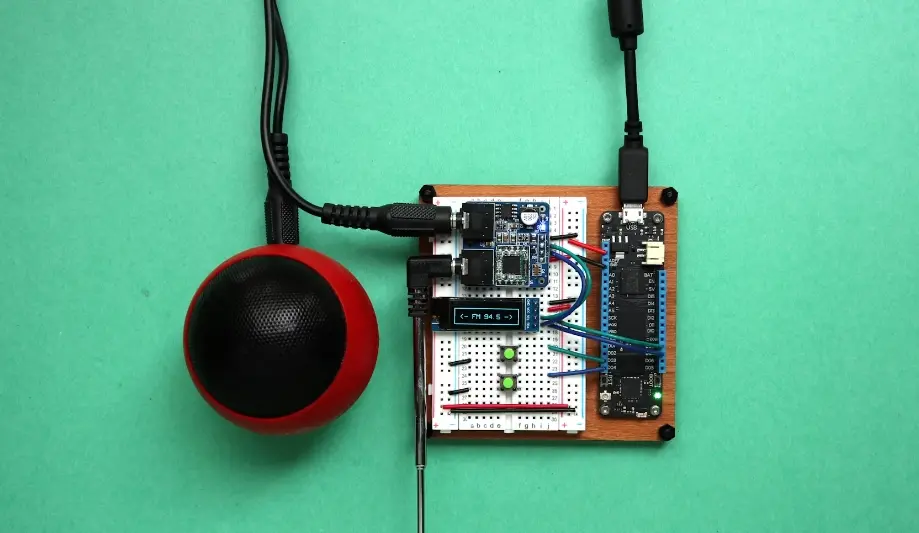
CPC Certification Testing Standards for Children's Products
In recent years, frequent updates to the U.S. CPSIA regulations have introduced increasingly stringent requirements. Quality issues with children's products have led to numerous recalls, causing significant losses for many companies. As a result, meeting U.S. market regulatory requirements has become a challenging task for many children's product manufacturers and exporters. Achieving compliance is also a key factor for gaining a foothold in the U.S. market. Below, China's JJR Laboratory provides an overview of how CPC Certification is handled for different types of children's products.

The applicability of CPC certification varies across different types of children's products, particularly in terms of applicable safety standards, testing requirements, and certification processes.
- For toys, compliance with ASTM F963 and CPSIA is typically required.
- Children's clothing must meet the requirements of 16 CFR Part 1610 and CPSIA.
- Children's stationery must comply with ASTM F963 and CPSIA.
- Children's furniture should meet the standards of ASTM F2057 and CPSIA.
- Children's electronic products need to comply with UL 60950-1 and CPSIA.
Understanding and adhering to these standards is essential for ensuring the safety and compliance of children's products.
According to the U.S. Consumer Product Safety Improvement Act (CPSIA), all children's products must pass CPC certification to be sold in the U.S. market. Products lacking CPC certification may face market entry barriers, returns, or even fines. By obtaining CPC certification, manufacturers can not only successfully enter the U.S. market but also enhance product safety and brand reputation, thereby boosting market competitiveness.
Email:hello@jjrlab.com
Write your message here and send it to us
 ISO 10993-23 Irritation Testing Laboratory
ISO 10993-23 Irritation Testing Laboratory
 EMI Emissions Testing
EMI Emissions Testing
 EMC Standards for Medical Devices
EMC Standards for Medical Devices
 What is FCC Class A vs. Class B?
What is FCC Class A vs. Class B?
 UL Standards for Electrical Equipment
UL Standards for Electrical Equipment
 Is UL Certification Required in the USA?
Is UL Certification Required in the USA?
 Wireless Microphone Export Certification
Wireless Microphone Export Certification
 Audio-Visual Products SNI Certification in Indones
Audio-Visual Products SNI Certification in Indones
Leave us a message
24-hour online customer service at any time to respond, so that you worry!




